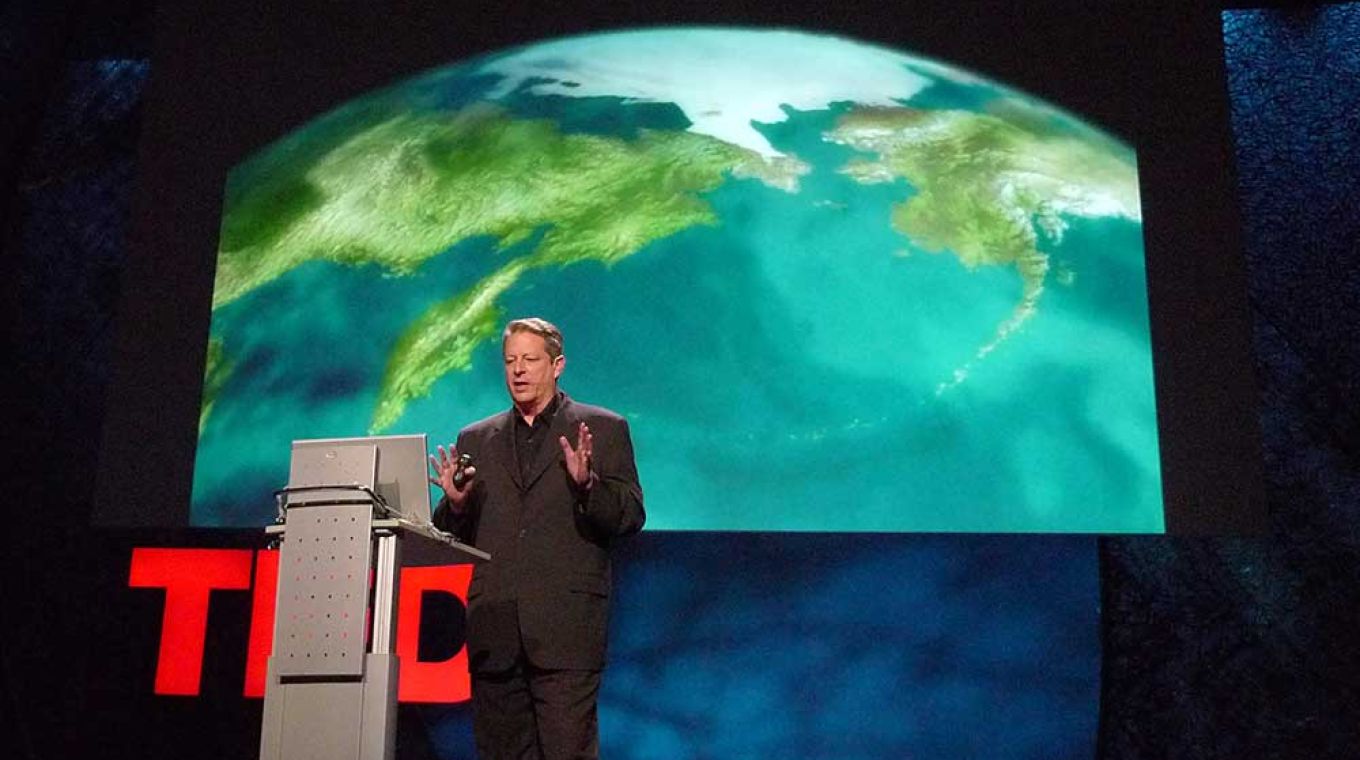A British High Court case in 2007 where the film was evaluated for use in schools confirmed the following nine major errors.
In the United States, 50,000 free copies of An Inconvenient Truth were offered to the National Science Teachers Association (NSTA), which declined to take them. In New Zealand former ACT New Zealand Member of Parliament Muriel Newman filed a petition to have New Zealand schoolchildren be protected from political indoctrination by putting provisions that resembled those in the UK to the Education Act.
The 2006 documentary by Al Gore, initiated the "human-made climate change" narrative creating world-wide panic but has faced criticism for factual inaccuracies.
- Sea Level Rise: The film claims that sea levels could rise by up to 20 feet in the near future due to melting ice sheets in Greenland and Antarctica. Critics argue this overstates the speed and likelihood of such an event, which would take centuries under current projections.
-
Antarctic Ice Core Data: It claims Antarctica is losing ice uniformly, but evidence shows parts of Antarctica have seen increased ice mass due to localized cooling and precipitation.
-
CO2 and Temperature Correlation: The documentary emphasizes the correlation between CO2 and temperature in ice core records, implying causation. Critics note that temperature changes historically preceded CO2 changes, though both are interlinked in feedback cycles.
-
Hurricane Katrina: It suggests that Hurricane Katrina was caused by climate change. While warmer waters can intensify hurricanes, attributing a single event solely to global warming is scientifically contentious.
-
Drowning Polar Bears: The film asserts that polar bears are drowning due to melting ice. While there is evidence of challenges for polar bears, the film exaggerated the frequency and direct causation of such incidents.
-
Disappearance of Snow on Mount Kilimanjaro: Gore attributes the snow loss on Kilimanjaro entirely to climate change. However, studies suggest that deforestation and other local factors also play significant roles.
-
Drying of Lake Chad: The film claims climate change caused Lake Chad to dry up. Critics argue that human water use and regional land management are more significant factors.
-
Pacific Islands Flooding: It states that some Pacific islands have already been evacuated due to rising sea levels. While some islands face future threats, no islands had been completely evacuated at the time.
-
Shutdown of the Gulf Stream: The film suggests the Gulf Stream might stop due to melting ice. While this scenario is possible, it is considered highly unlikely in the near term.
This and the fact that Nobel price winner is heavily invested into companies profiting from the climate agenda raises questions about the honesty and veracity of the entire narrative.
Read more on https://en.wikipedia.org/wiki/An_Inconvenient_Truth#:~:text=The%20judge%20ruled%20that%20An,a%20violation%20of%20education%20laws.


